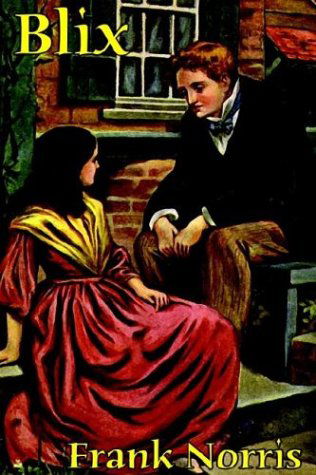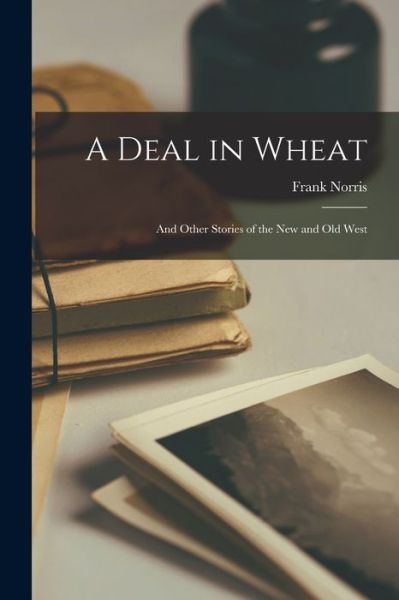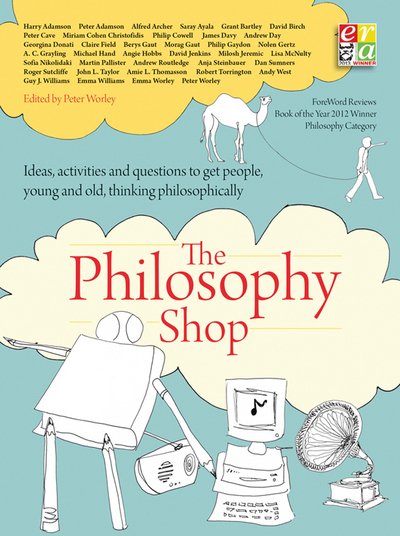
Tell your friends about this item:
The Pit
Frank Norris
Also available as:
- Paperback Book (2017) A$ 22.99
- Paperback Book (2017) A$ 24.49
- Paperback Book (2016) A$ 26.99
- Paperback Book (2017) A$ 30.99
- Paperback Book (2017) A$ 30.99
- Paperback Book (2017) A$ 30.99
- Paperback Book (2017) A$ 32.49
- Paperback Book (2017) A$ 33.49
- Paperback Book (2012) A$ 34.99
- Paperback Book (2018) A$ 37.49
- Paperback Book (2015) A$ 38.49
- Paperback Book (2017) A$ 38.99
- Paperback Book (2018) A$ 42.49
- Paperback Book (2018) A$ 44.99
- Paperback Book (2011) A$ 61.99
- Hardcover Book (2018) A$ 61.99
The Pit
Frank Norris
The Pit was the second novel in Norris's proposed trilogy called "The Epic of the Wheat." In this "story of Chicago," Norris moves from the production of wheat to its distribution on world markets, from the natural countryside of California to the artificial terrain of futures speculation. Continuing his portrayal of the effects of temptation and greed, Norris also depicts the decline evident in the space of only one generation-from the moral generation of elders who made their money through honest labor to their degenerate offspring who labor only after money and the power it bestows. The Pit was Norris's most successful novel in terms of sales and initial reception; this may have been aided in part by its publication so soon after his sudden death, but it was also a novel that spoke directly to the times. Every major American naturalist, from Stephen Crane to Jack London and from Rebecca Harding Davis to Edith Wharton, acknowledged through their fiction that speculation-gambling on the future-had become an ironic indicator not only of economic but also of social "progress" in the United States. Norris's plot of Curtis Jadwin's fascinating and ruthless efforts to corner the Chicago wheat market was based on an actual event in 1897, when Joseph Leiter attempted such a feat. In fictionalizing the story, Norris reflected upon the cultural implications of such daring maneuvers. He was interested not only in the consequences of illegal market manipulations but also in the facets of human nature that would lead someone to commit such an act. In Curtis Jadwin, one discovers a man whose life is so financially secure (but without direction, without goals for achievement) that, for him, the adventure of such an endeavor becomes its greatest appeal. Norris had predicted in The Octopus that the wheat would always prevail as a natural force; in The Pit, he demonstrates that power against all calculations of human reason when an unexpected bumper crop thwarts Jadwin's illegal designs. Against this background, Norris also studied another cultural current of the turn of the century: the rise of the so-called New Woman. Suffragist and women's rights movements had flourished, to greater or lesser degrees, for most of the nineteenth century. At the end of the century, women had finally made several inroads into the public arena. The New Woman-self-liberated, intelligent, and outspoken-was juxtaposed against the True Woman, the domestic and dominated self-sacrificing "angel of the house." These issues had dominated women's writings for decades, and The Pit represents Norris's first major engagement with such issues. His character Laura Dearborn had been raised in New England, the home of the culturally imposed True Womanhood. To escape such oppressive attitudes, she moved to Chicago. Although she had several suitors, Laura was attracted to Jadwin's potential life of wealth and luxury, and she agreed to marry him. Thus she traps herself, in spite of her liberating endeavors. When Jadwin becomes involved in his market schemes, Laura seeks solace in flirtations with the artist Sheldon Corthell. Such a love affair is the stuff from which popular novels were made, and Norris specifically suggests, as he had in his nonfiction, the falseness of such novels' representations of love and romance. In depicting Laura's affair with Corthell and her attempt at arousing her husband's interest once again with a dance of...
| Media | Books Paperback Book (Book with soft cover and glued back) |
| Released | April 2, 2021 |
| ISBN13 | 9798732212655 |
| Publishers | Independently Published |
| Pages | 344 |
| Dimensions | 152 × 229 × 18 mm · 458 g |
| Language | English |
More by Frank Norris
Others have also bought
More from this series
See all of Frank Norris ( e.g. Paperback Book , Hardcover Book , CD , Book and Audiobook (CD) )




![Cover for Frank Norris · Щелчки; Blix (Paperback Book) [Russian edition] (2024)](https://imusic.b-cdn.net/images/item/original/489/9781715674489.jpg?frank-norris-2024-n-blix-paperback-book&class=scaled&v=1647826268)
































![Cover for Lars Skinnebach · Digte 04-09 (Sewn Spine Book) [1st edition] (2011)](https://imusic.b-cdn.net/images/item/original/019/9788702111019.jpg?lars-skinnebach-2011-digte-04-09-sewn-spine-book&class=scaled&v=1344895849)











